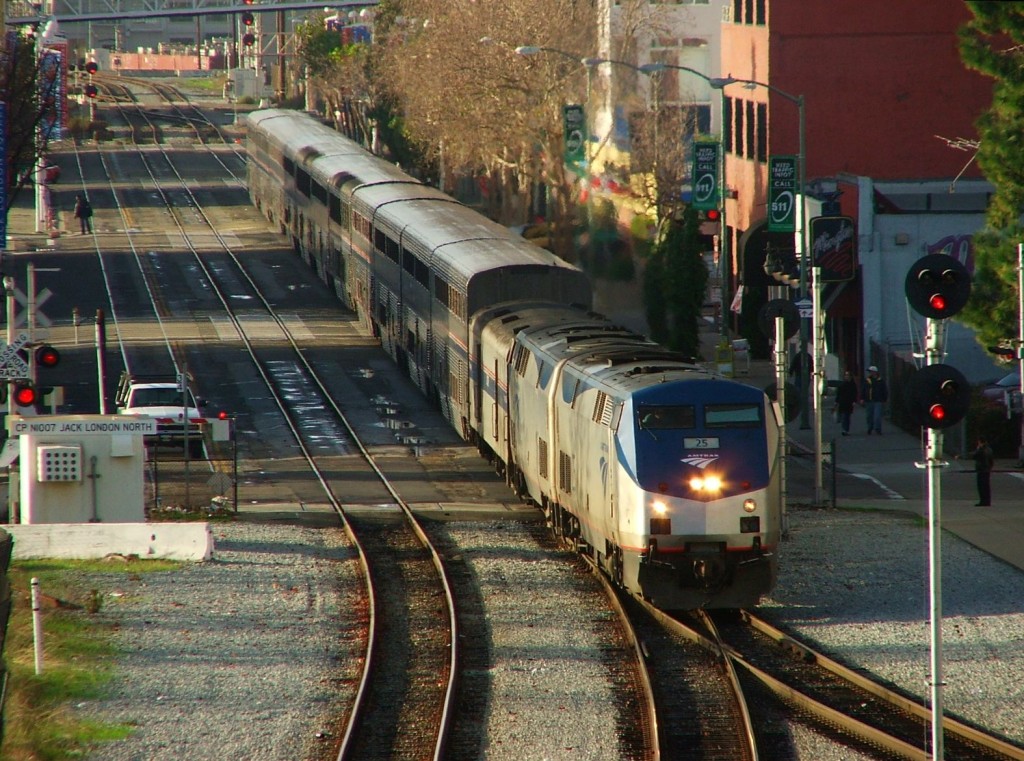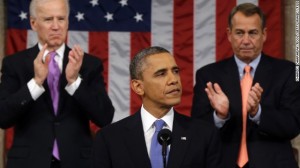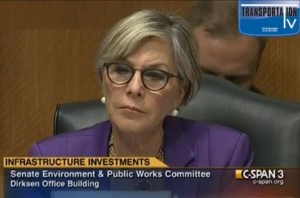
With the House’s INVEST in America Act being considered in committee on Wednesday, it’s a good time to look at what else beyond our core three principles in the bill are worth praising and potentially even improving.
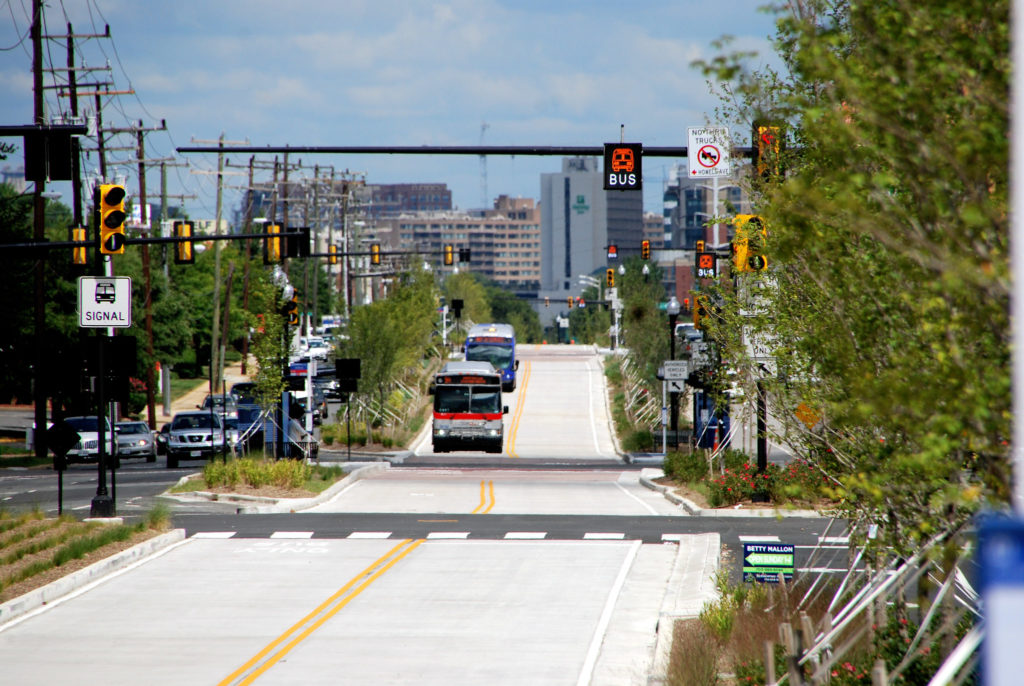
Most of the time, when we evaluate long-term transportation policy proposals or infrastructure bills from Congress, we start with a “good, bad, and ugly” post, but this House bill doesn’t fit well into that rubric. There’s a lot of great, some good, a few things that could use further refinement, and a couple of missed opportunities; but nothing that falls into the category of “bad,” much less “ugly.” It also has a lot of the same language in the INVEST Act introduced in the last Congress which stalled before a Senate vote, which also went 3 for 3 (after some modifications) on our scorecard.
With that in mind, here are nine specific things in the House bill (INVEST 2.0 for shorthand) that we wanted to highlight. Bear with us, this is a longer post!
1) Avoids the Senate’s cardinal sin of creating small, new programs to fix mistakes actively being perpetuated by the larger, unchanged, status quo transportation program
The overall approach of the last 30 years has been to create small, exciting new programs to fix established problems (safety, pollution, etc) while allowing the much larger core program to exacerbate and further those same problems. This was our biggest complaint about the Senate’s bill from a few weeks ago.
If you want to create a program to fix the issues created by running interstates through neighborhoods, you should also stop actively running interstates through neighborhoods. Or consider the issues of repair and maintenance. As we noted in our scorecard post, this bill doesn’t just create some new repair programs, it requires states to produce a plan to maintain any proposed new capacity while making progress toward their state of repair goals anytime they spend money from the biggest pot of highway funding. That’s the kind of new approach that the Senate completely missed, but the House is proposing to implement for key issues like repair, climate change, and others.
2) It recognizes that transportation is primarily about people and connecting them to what they need
The current federal transportation program does not require that states actively improve access to jobs and services for the real people who use the system every day. Say what? This is why the bulk of current transportation funding goes toward increasing vehicle speed, a “goal” that focuses on concrete and steel instead of the needs of actual people and where they need to go. This House bill kickstarts a huge shift toward focusing on people instead of vehicles by instituting a new performance measure that requires project sponsors to improve access to jobs and services by all modes.
Under the House bill, state departments of transportation and regional planning organizations would have to measure whether all people traveling (not just driving) can reach jobs, schools, groceries, medical care, and other necessities. Further, states and MPOs would have to project the impact their projects would have on access and USDOT will review and publicly report their targets and progress. USDOT also has to collect that data and make it available to help with the measurement of multimodal access, and there are requirements to analyze the accuracy of the models and update direction to states and MPOs on how to improve access.
While seemingly minor and perhaps a little wonky, this would mark a big shift in how transportation projects are evaluated. Measuring access—not vehicle speed—is a people-first way to consider the impact of the billions we spend on transportation each year. With this, we can create more equitable access to economic opportunity, lower transportation costs, and reduce emissions and the damaging climate and health impacts of them.
3) Nails all three of T4America’s core principles
As we’ve done with every infrastructure proposal or long-term policy proposal for the last few years, we’ve produced a scorecard to evaluate how it starts to redirect transportation policy toward T4America’s three core principles of 1) maintaining the current system, 2) protecting the safety of people on the roads, and 3) getting people to jobs, schools, groceries and health care. This bill nails all three of these principles Read more about how the House bill advances these three simple priorities in this post with the scorecard.
4) Advances our proposal to start tearing down divisive infrastructure and repairing the damage
Since 2020, with help from Third Way, T4America has been advancing a policy to undo the damage of “urban renewal” projects that have displaced more than a million Americans since construction of the Interstate Highway System and that continue to harm communities of color today. Our plan focuses heavily on creating a competitive grant program to redesign or deconstruct things like divisive highways, and creating strategies to prevent displacement so that this work generates wealth for the communities that suffered most, in addition to a few other strategies.

The House runs with our proposal through a $3 billion ($600 million a year) Reconnecting Neighborhoods program, which is six times larger than a similar proposal in the Senate bill. This program will analyze neighborhood barriers (like interstates) and identify candidates for remediation, repurposing, or removal. In addition, part of that money can also be used to establish a community advisory board or a land trust to preserve the new wealth for those most affected by the divisive infrastructure. There are some details we’d like to enhance, but this idea has gained incredible traction over the last year and we are excited about the possibilities for the future.
5) Recognizes that you must address climate change within the entire transportation program
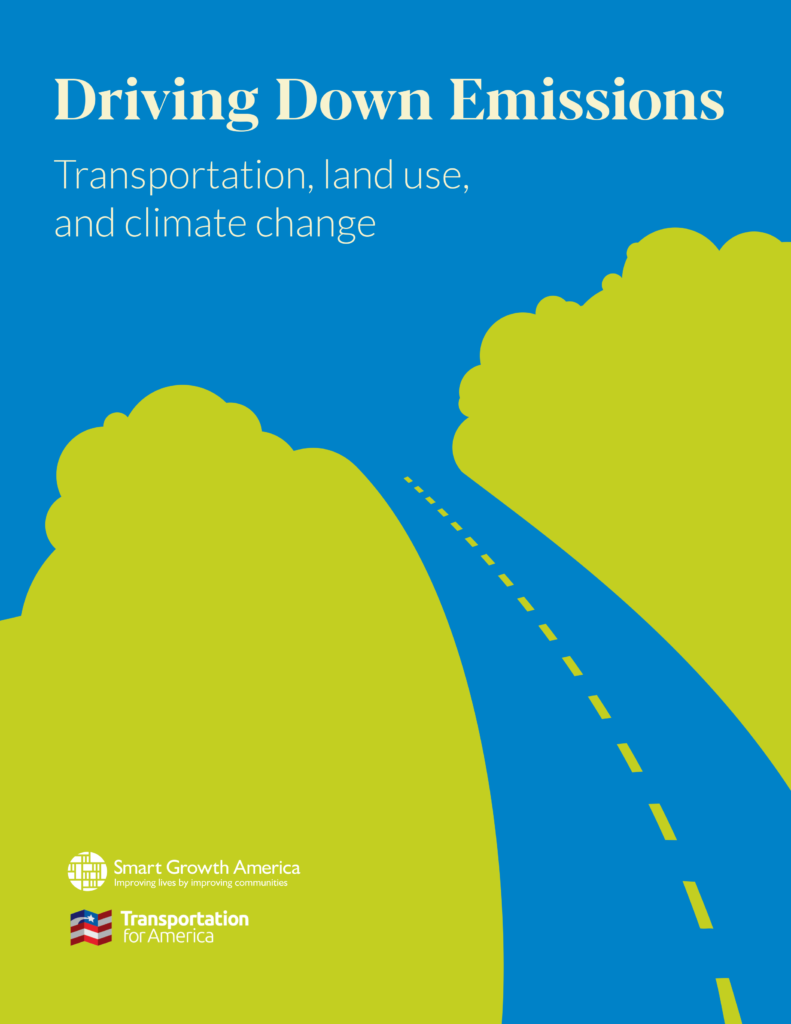
Transportation is the largest source of carbon emissions in the United States, and the majority of them come from driving. The bill addresses the entirety of the transportation program by establishing a new greenhouse gas performance measure and requiring states to set positive targets to reduce emissions. It gives states the latitude to figure out their own preferred path to hitting those targets, but we know that infrastructure investments that give people more options than hopping in the car are key to reducing these emissions. INVEST 2.0 creates programs to fund these projects at both the state and city levels.
While making it easier to drive less overall should be central to our short-term climate and transportation strategy, we do need to accelerate the transition to electric vehicles as well. This is why we’re part of a unique coalition called CHARGE—the only “electric vehicle” coalition where improving and expanding public transit is the first priority. This bill creates a new program to build electric vehicle charging stations along corridors and sets standards to require them to be open to the public and work with all kinds of electric vehicles.
There are also some good provisions targeted at making the transportation system more resilient to climate change and making resilience an eligible use in the largest highway programs. One place where the bill could be improved is to require resilience to be built into the design of all projects.
6) Measuring access to jobs and services is one of the best ways to address equity, but this bill includes others
As noted above, requiring agencies to measure and improve access to jobs and services for all people is perhaps the single greatest change to remake transportation policy in a more equitable way. But INVEST 2.0 would also improve equity in other ways—something we wrote about at length last summer in the context of the House’s very similar 2020 proposal. Prioritizing access, investing in more and better transit, building safer streets for people, and investing in what we have would all have an impact on equity. Considering the similarities between that bill and this year’s INVEST in America Act, that evaluation still stands.
7) Support for expanded national passenger rail
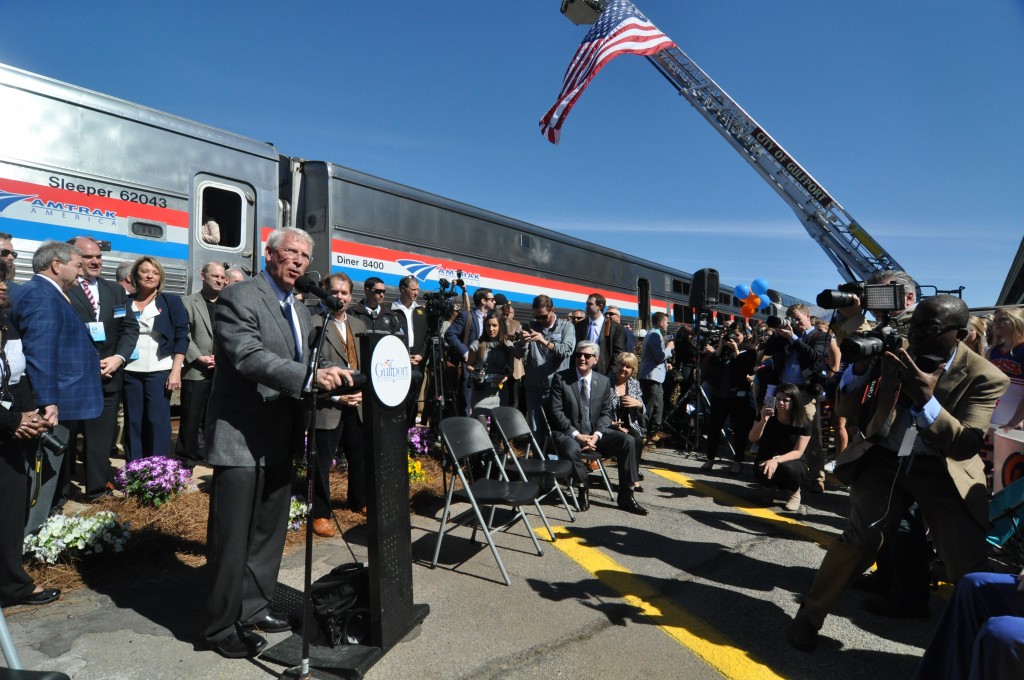
Expanding and improving our nation’s passenger rail network to bring better, more reliable passenger rail service to more people is one of the best ways to improve access for millions of Americans in big urban areas and small rural ones alike. This bill creates a new $5 billion a year program for high speed and intercity rail investments, triples the funding for the existing program for improved safety and efficiency in passenger and freight rail service, and funds Amtrak at $32 billion over the life of the bill.
The House incorporated several of our other recommendations, including updating the Amtrak Board to have better representation from riders and the national network as well as the Northeast Corridor. More importantly, it allows for the formation of more multi-state rail commissions like our partners the Southern Rail Commission, which has been the key to (almost!) restoring passenger service along the Gulf Coast, and provides funding for them to operate.
There is some opportunity to strengthen the authorities for the Federal Railroad Administration and the Surface Transportation Board to prevent the freight railroads from obstructing or interfering with that service.
8) A strong commitment to transit…
INVEST 2.0 provides over $21 billion for transit, a sizable increase over the current $13 billion program, and it also includes some funding for operations—a major win, as operations funding has typically been a no-go with federal funds. Funds from the Congestion Mitigation and Air Quality program and even the core Surface Transportation program can be used for transit operations. There’s also a new one-time competitive grant program to support capital and operations costs associated with addressing transit deserts through better, more frequent transit service.
Improving service frequency is a big focus of the bill. There is a new $100 million competitive grant program for transit agencies collaborating with state or local governments to increase bus frequency and ridership by redesigning urban streets to better move transit (and more people) in congested areas. There is also a change to the funding formula that prioritizes frequency.
9) But with opportunities for greater improvements on transit
While the bill makes some important changes and does slightly increase its share compared to highways, the bill does not hit T4America’s priorities of equalizing transit funding with highway funding, nor does it create long term support for keeping transit running. We will be once again turning to leaders on Capitol Hill to move these efforts forward. Rep. Jesus “Chuy” Garcia of Illinois has led the effort to invest in transit as strongly as we do highways, and we hope he uses this bill as an opportunity to push that effort forward.
On the operations side, Rep. Hank Johnson of Georgia is leading an effort to create a federal program for transit operating support. The Stronger Communities through Better Transit Act would create a new grant program available to all transit agencies, rural and urban, to increase service frequency so that people don’t have to wait so long for the bus; to provide additional hours of service so that those who don’t work regular hours can still get to their jobs; and to add new, frequent service in the region. We are proud supporters of that bill and we encourage you to tell your House rep to join Rep. Johnson as a sponsor.




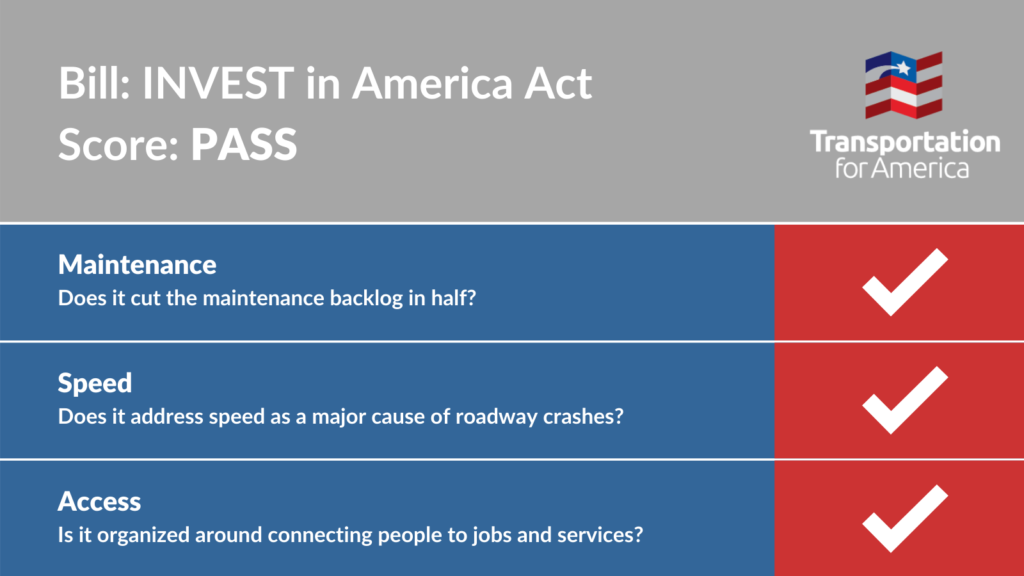

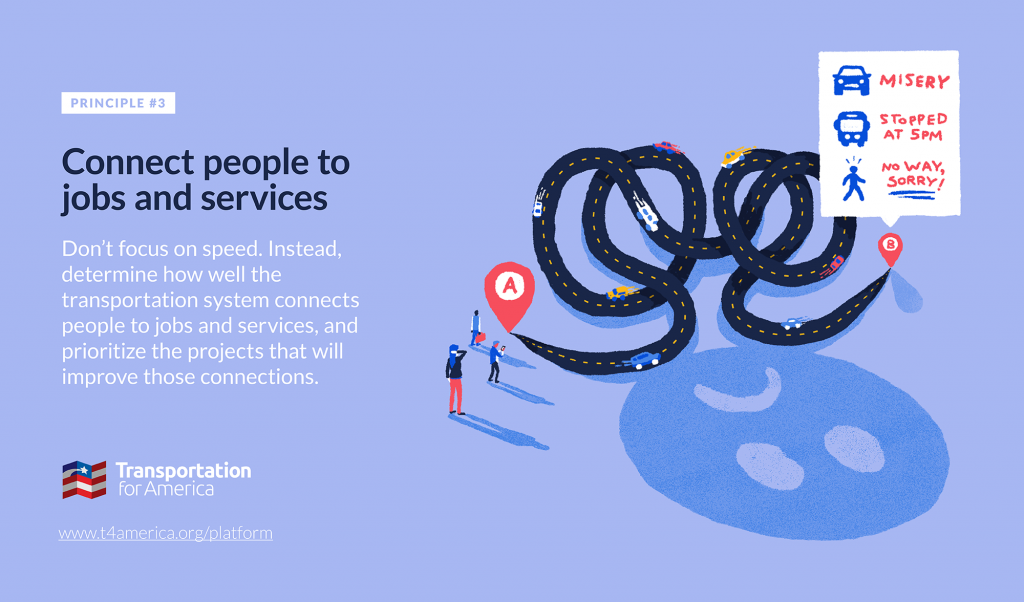
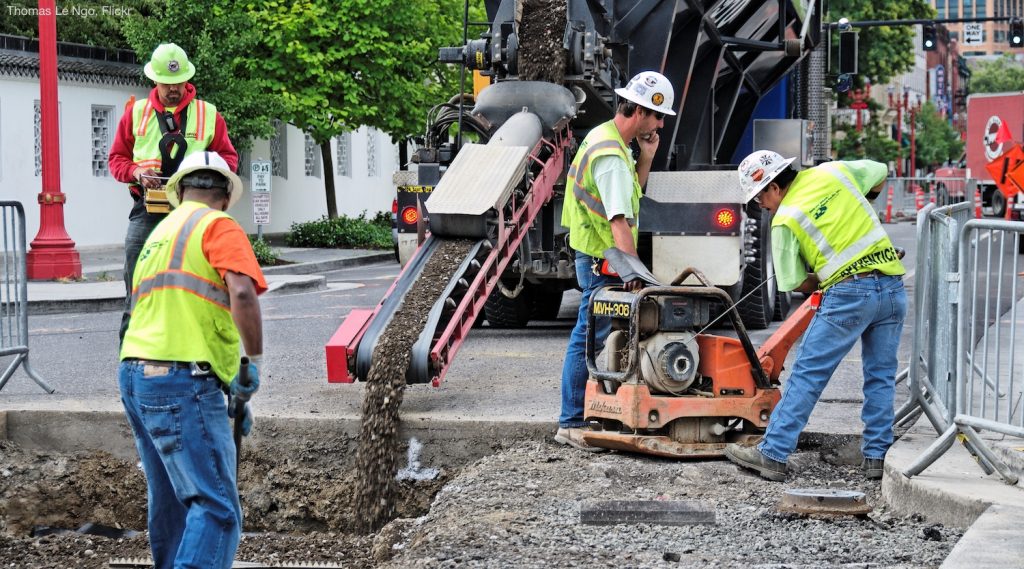
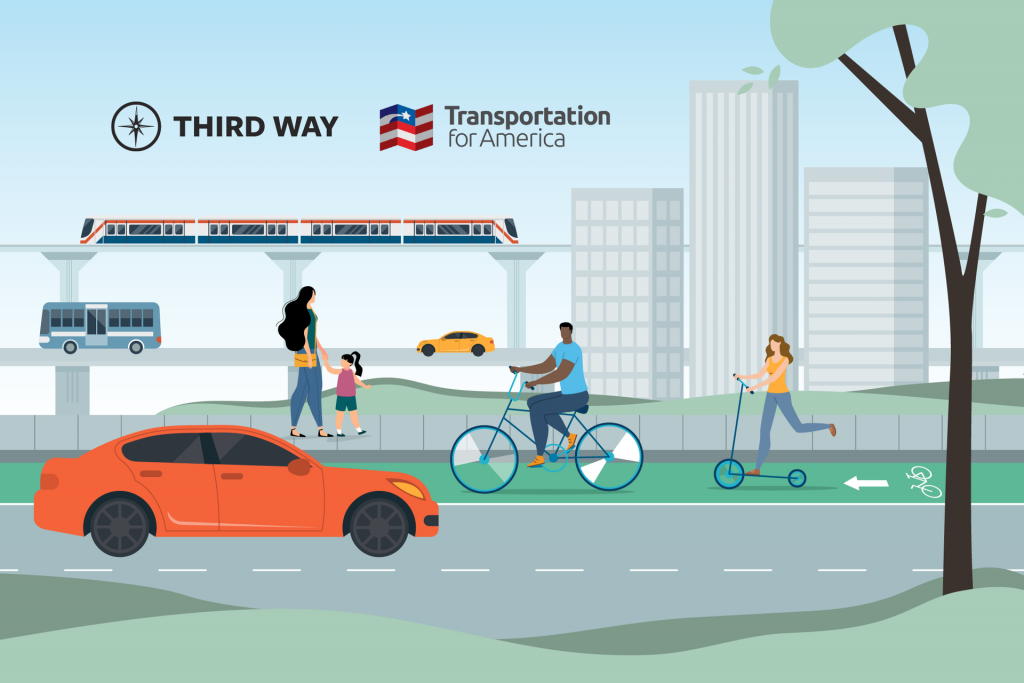
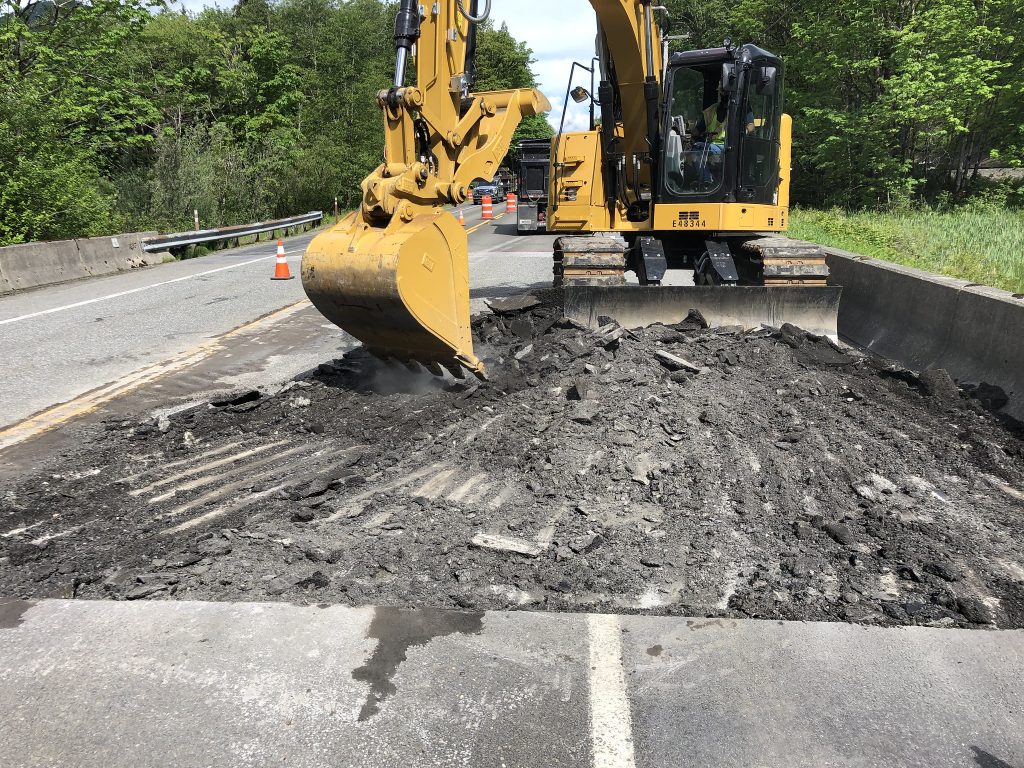

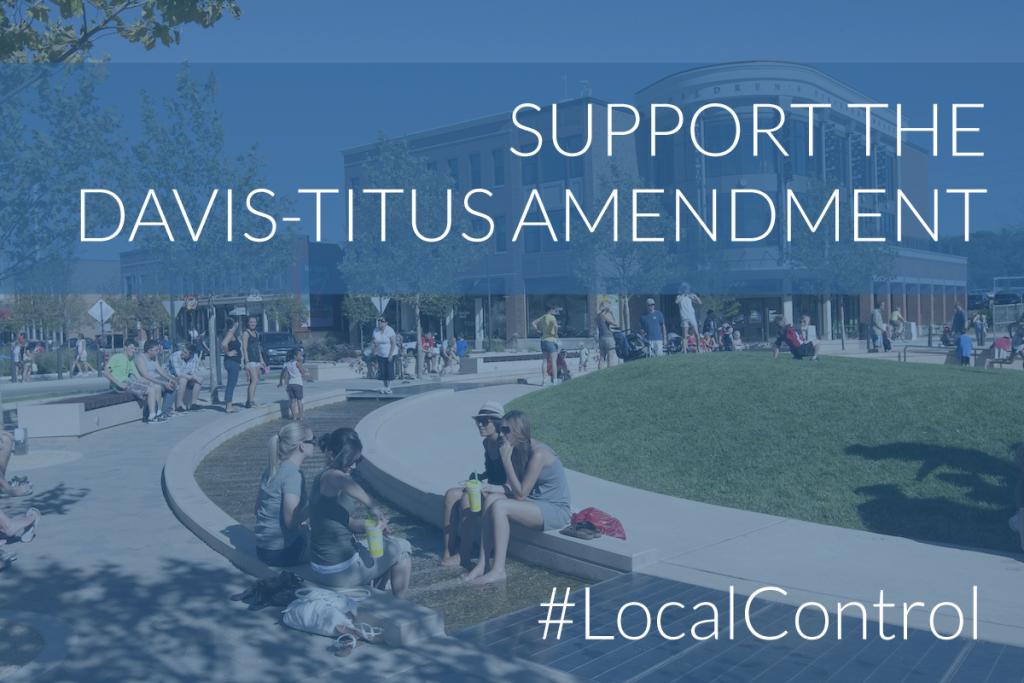
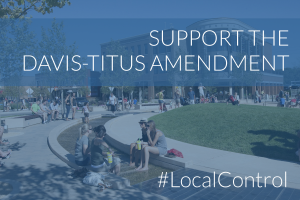 Late last week, the House Transportation and Infrastructure Committee released their proposal for a six-year transportation reauthorization.
Late last week, the House Transportation and Infrastructure Committee released their proposal for a six-year transportation reauthorization.